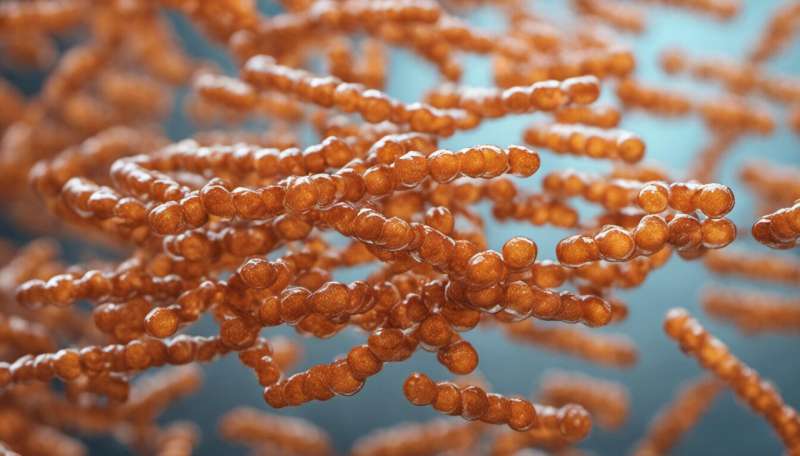Supply chain innovation can reduce coronavirus food shortages

Food security is an essential issue brought to light by COVID-19.
The Canadian government recognized this . More importantly, in funding to farmers, food processors and food businesses to get through this pandemic.
Of the funding, $77.5 million is earmarked for food processing. This is a critical juncture: we are at a time when we need to examine food processing technology pre-COVID-19 and deploy it to make us more food secure and ready to withstand the next big challenge.
Relying on old approaches
With COVID-19, we've fallen back to 19th-century food technology to make us feel safe—.
When considering a post-COVID-19 food system, we must focus on building resilience using modern innovation. Cutting costs should not be the only factor that .
Most Canadians have lifestyles that demand the convenience of processed foods while valuing nutrition. The carbon footprint of food preservation done at the industrial scale is low: life-cycle analyses of foods show that the carbon footprint of home cooking is .
Food supply innovation tools
In designing this post-COVID-19 food system, . Some examples are:
- Blockchain: The incorruptible traceability features of blockchain permit agricultural commodities and food ingredients to be actively traced throughout the supply chain. Therefore, if, , production workers get sick, preceding parts of the supply chain can be reconfigured. Products can also be readily recalled, limiting further spread of the sickness (regardless of whether the sickness stems from a pandemic virus or a food pathogen). .
- Sensors, robotics and automation: Even prior to the pandemic, an industry consortium, partnered with Industry, Science and Economic Development Canada and Agriculture and Agri-Food Canada, had recognized the need to better automate Canada's $105 billion per year food processing industry in order to . With COVID-19 affecting skilled and semi-skilled workers on process lines, the impetus for sensor-driven, on-line quality and safety assurances, coupled with hygienic robotic automation of production lines, will solve food security fears. Cheap sensors embedded in packages can also . Such innovations reduce the amount of food sent to landfills because of .
- Boutique food process operations: Megaplants producing large volumes of a limited range of products have cheaper production costs, . Food processors who can respond with agility to a variety of seasonal food preservation demands can better serve local food system needs. Some of these boutique processors can address agricultural food waste issues while also . This can produce nutritious high-quality foods that are shelf-stable for up to two years to deliver resilience capacity to our food system.
Refrigeration and transportation
Because most foods are perishable, —a continuous system of temperature-controlled environments known as the cold chain. All of this cold chain, including the limited amount of cold-space in a consumer household, is completely reliant on uninterrupted power for refrigerant recycling.

Developing nutritious shelf-stable food innovations also addresses the cold chain's carbon footprint. As much as . More than half of all supermarket energy consumption is associated with their fridge and frozen aisles. can replace these cold chains to preserve fruits and vegetables, at the same time maintaining quality and nutrients.
Finance Minister Bill Morneau noted that .
As we enter the post-COVID-19 world of the 21st century, our call to action is to renovate our food supply chains so that they readily absorb the effects of the next big challenge. It's now up to all the food system actors represented on the to ensure the new investments make a positive and lasting change across the production chain to benefit both consumers and the environment.
Provided by The Conversation
This article is republished from under a Creative Commons license. Read the .![]()



















